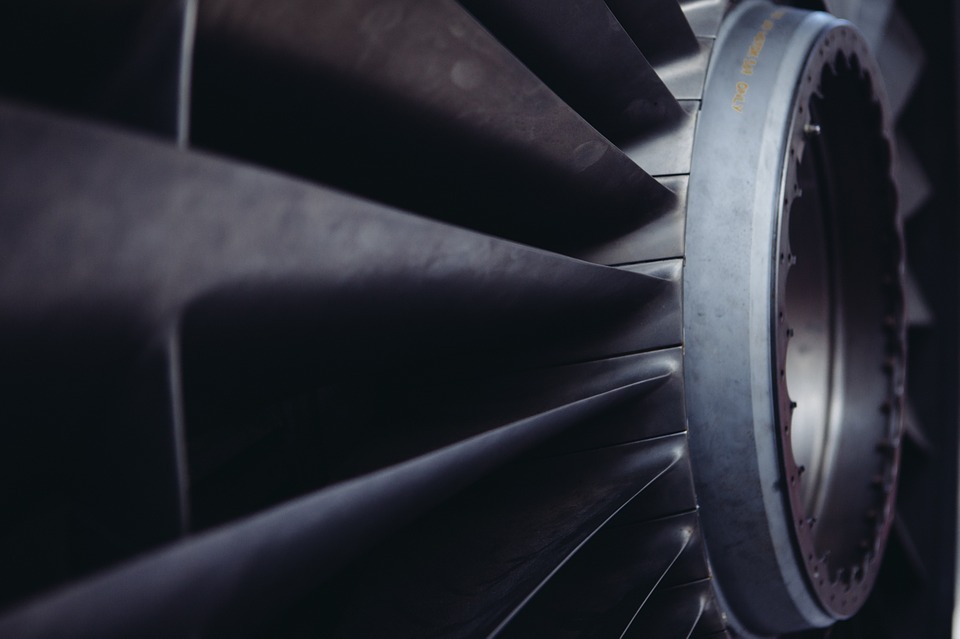What are the Latest HVAC Machines?
HVAC is an acronym for Heating, Ventilation, and Air-conditioning. HVAC refers to the machines or equipment that move air to and fro outdoors and indoors. HVAC systems regulate the temperature and quality of the air in buildings.
HVAC systems keep you toasty warm in the winter and cool and refreshing in the summer. They also are the systems that filter and clean indoor air and maintain comfortable humidity levels.
An HVAC system serves a purpose beyond simply heating or cooling a space. Instead, it improves interior air quality and provides comfort for everyone inside a structure. While HVAC systems come in various shapes and sizes, they all start with the same basic components.
Solar-Powered AC
The sun has been our primary source of heat and energy as living beings. Since the very beginning, it has been helping us sustain life as we know it. Because of evolution and advancements in technology, we humans have managed to find a way to convert energy harvested from the sun into electricity.
One of the many things we use electricity on is our appliances, including our Air-cons. We cannot deny the fact that air-cons have made our indoor lives much more comfortable than they already were.
Currently, we humans are dependent on coal, oil, natural gas, etc., as our sources of not only electricity but most energy needs. Unfortunately, these sources are non-renewable and limited.
Not only will solar-powered ACs lessen the use of these sources by even just a bit it also saves you money. Using solar-powered ACs diminishes greenhouse gas emissions as well.
Photovoltaic panels put on a building's roof are used in a solar AC system. These devices convert sunlight into power. For example, the sun-powered air conditioner still runs on electricity, but instead of coming from electric grids, solar AC systems get it from solar panels.
Smart Thermostat
A smart thermostat, also known as a linked or communicative thermostat, allows you to preset temperature settings based on daily patterns, weather conditions, and heating and cooling requirements. This highly advanced capability is available on Wi-Fi thermostats – not all have this certain function, though.
Users may also control heating settings from other internet-connected devices, such as a laptop or a smartphone. For example, smart thermostats learn your schedule, adjust to the most optimal temperature, and turn themselves down if no one's home.
One of the advantages of a smart thermostat is that it’s capable of learning patterns made inside the house. It adjusts the temperature and cools or heats up the home depending on whether it is soon going to be occupied or not.
The consumption of heating and cooling systems is reduced when no one is at home for long periods of time.
According to nytimes.com, the Google Nest Learning thermostat has the finest design of all the thermostats that they have evaluated. They added the fact that it regulates your house with the least amount of input. They claim it is the best smart thermostat thus far.
Ductless HVAC Systems
Ductless air conditioning systems (also known as mini-splits) can be defined in the simplest of terms as systems that connect individual room units directly to an outdoor compressor.
Alternative to using an indoor unit connected by extensive ductwork conveying warm and cool air back and forth, ductless HVAC systems use a mini-split system that inserts small units in each room that pull in warm air and send it out as cold air.
Multiple companies hand out their services to install ductless HVAC Systems. bluenationalhvac.com full service staff offers these types of services, as well.
Mini-split air conditioners are a popular alternative to standard air conditioners since they require considerably less intrusive installation, blend in better with the room, and are quieter and more energy-efficient.
Ductless air conditioners (also known as mini-splits) allow homeowners to manage the temperature of different rooms in their homes and save annual cooling expenditures by up to 50%.
Zoned HVAC system
An HVAC zoning system, also widely known as "zoned-HVAC," regulates and redirects heated or cooled air into specific parts or sections of the residence using dampers in the ductwork. This enables the establishment's owner(s) to have custom temperature zones for enhanced comfort and efficiency across the home.
A zoned HVAC system divides your room into many heating and cooling zones, each of which may be controlled independently. Traditional ducted split HVAC systems, VRF systems, and ductless micro split all function with zoning. It also lets you keep occupied spaces pleasant while reducing energy use and expenditures by turning off or modifying settings in unused areas.
Final Thoughts
HVAC is an acronym for Heating, Ventilation, and Air- conditioning. HVAC refers to the machines or equipment that move air outdoors and indoors. HVAC systems regulate the temperature and quality of the air in buildings.
Some innovations that have something to do with HVAC Systems include Solar-powered AC, smart thermostats, Ductless HVAC Systems, and Zoned HVAC Systems. Systems that are eco-friendly and lessen home expenditures are quite popular and are actually in demand with modern-day homeowners.
